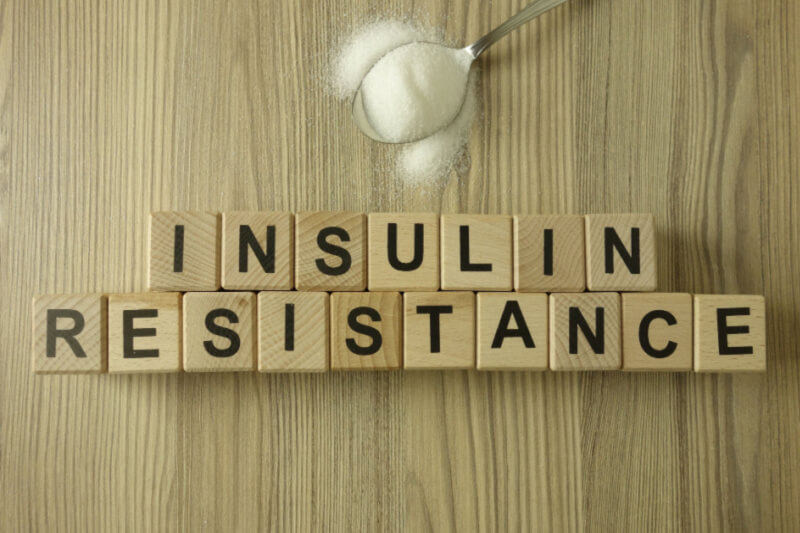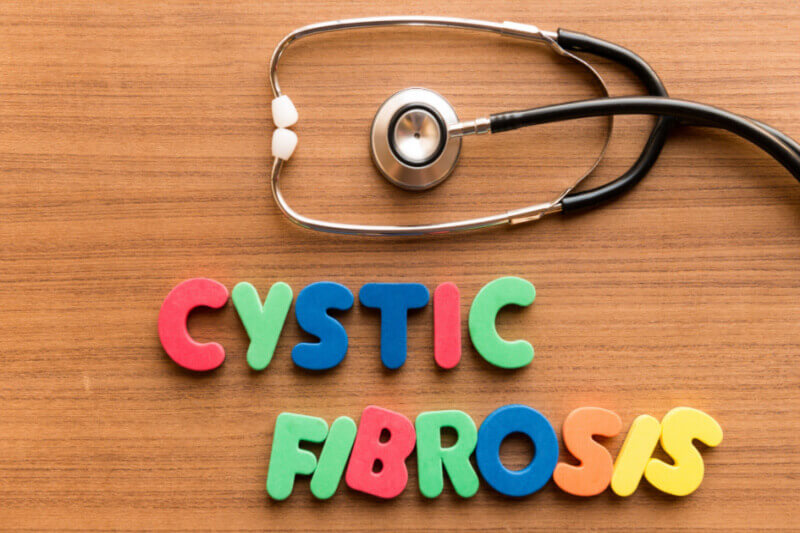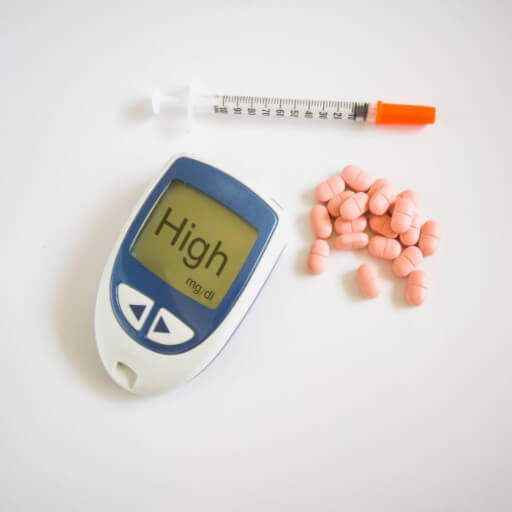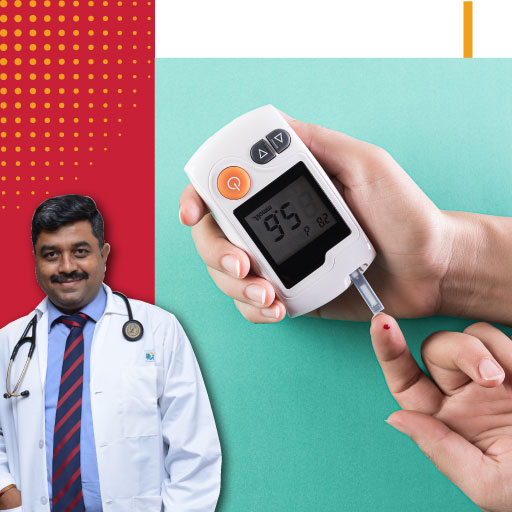Diabetes is a chronic condition characterized by dysregulation of blood glucose levels. People with cystic fibrosis can develop type 1 and type 2 diabetes. Cystic fibrosis-related diabetes results from abnormal glucose metabolism, primarily characterized by insulin deficiency and intermittent insulin resistance.
What you need to know:


Insulin inefficiency is when the pancreas does not produce enough insulin. In contrast, insulin resistance indicates a situation where the cells in the body do not make the maximum use of insulin. Therefore, more insulin is required to break down food and maintain normal blood sugar levels. Another cause of insulin resistance is using medications like steroids to treat patients with cystic fibrosis.
What is cystic fibrosis?


Cystic fibrosis is a genetic condition that some people are born with and is caused by the parents passing a faulty CFTR (cystic fibrosis transmembrane regulator) gene. Individuals diagnosed with cystic fibrosis produce thick, sticky mucus. This mucus build-up in the lungs or other organs can lead to respiratory problems, lung infections, and digestive issues. Therefore, it is advisable that patients with cystic fibrosis who are 10 years of age or older be tested for cystic fibrosis-related diabetes once a year.
Cystic fibrosis-related diabetes is caused by sticky mucus, which leads to inflammation and scarring of the pancreas. This can damage the cells that produce insulin. As the pancreas cannot produce enough insulin, blood sugar levels are rising.


Some common symptoms of cystic fibrosis-related diabetes are:
- Chest infection and decline in lung function
- Feeling thirsty, caused by high blood sugar levels, known as hyperglycemia
- Excessive urination
- Weight loss
- Fatigue
If these symptoms are not timely monitored, they can lead to diabetes complications, which may affect your vision, feet, and heart.
Treatment of cystic fibrosis-related diabetes


If cystic fibrosis-related diabetes is detected early, early treatment will slow the rate of pulmonary decline. This kind of diabetes can be diagnosed through continuous glucose monitoring or an oral glucose tolerance test (OGTT). The OGTT is conducted after an 8-hour fast other treatments include having a balanced diet high in calories and protein. Insulin therapy is a standard treatment for better glycemic control, improved pulmonary function, and weight gain. Move past a sedentary lifestyle by introducing physical activity to your day-to-day activities.
Cystic fibrosis is a lifelong condition with no definite cure. However, it can be controlled and kept in a treatable condition. If you are detected with cystic fibrosis, it is also essential to be screened for diabetes now and then. If you want to check your blood sugar levels, you can calculate them on our online Blood Glucose Calculator.
Actively participate in the Activ Living community and get more information on nutrition and mindfulness.

















